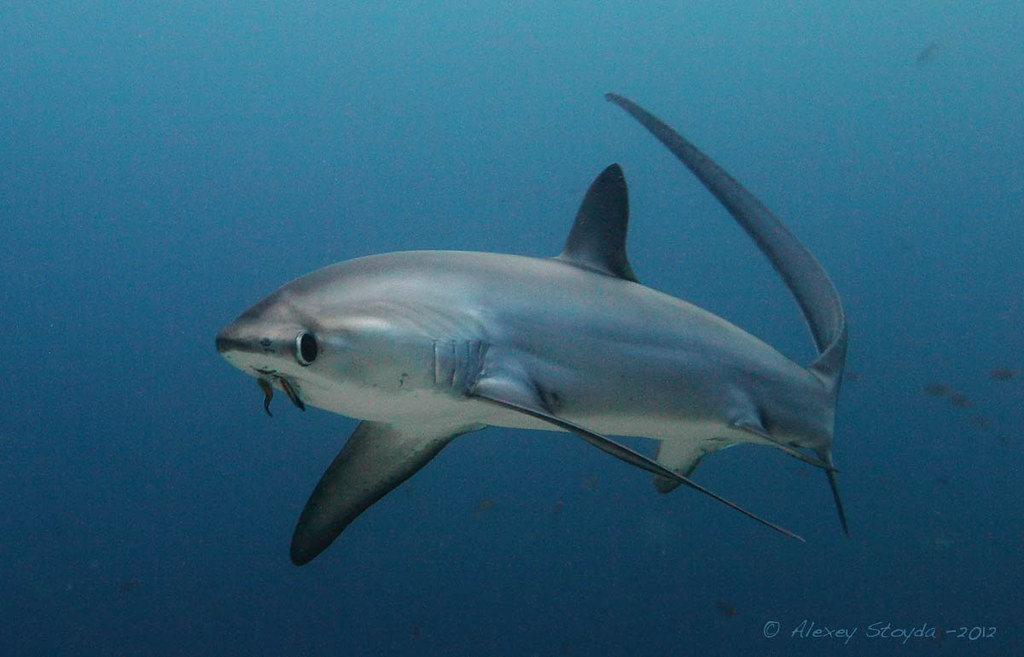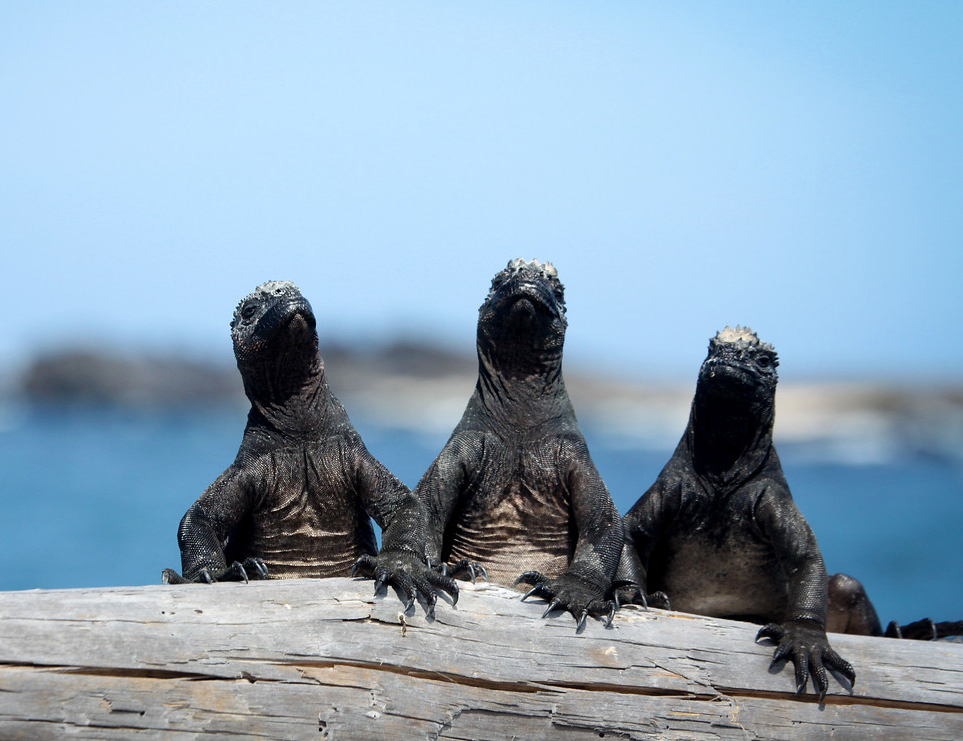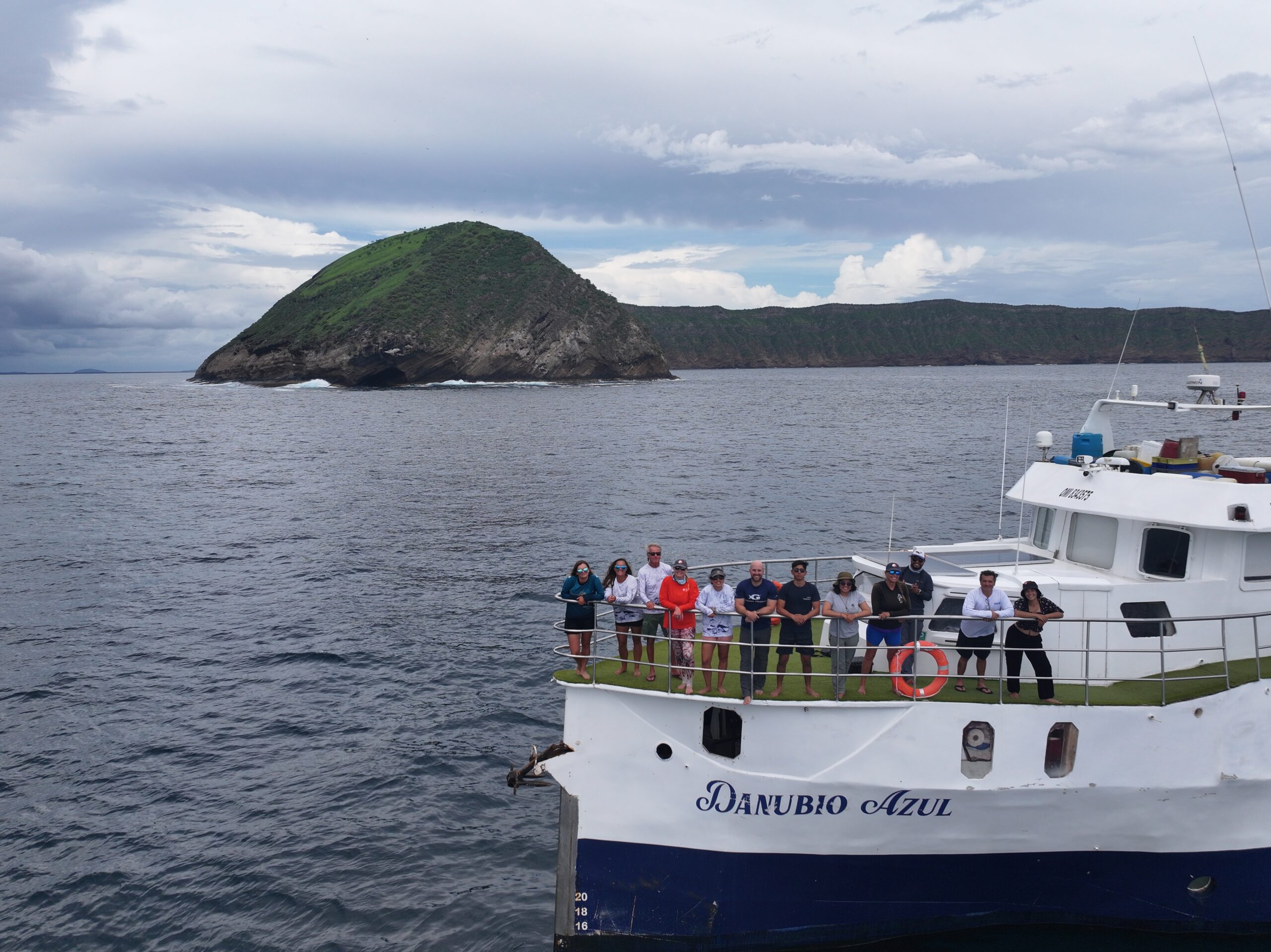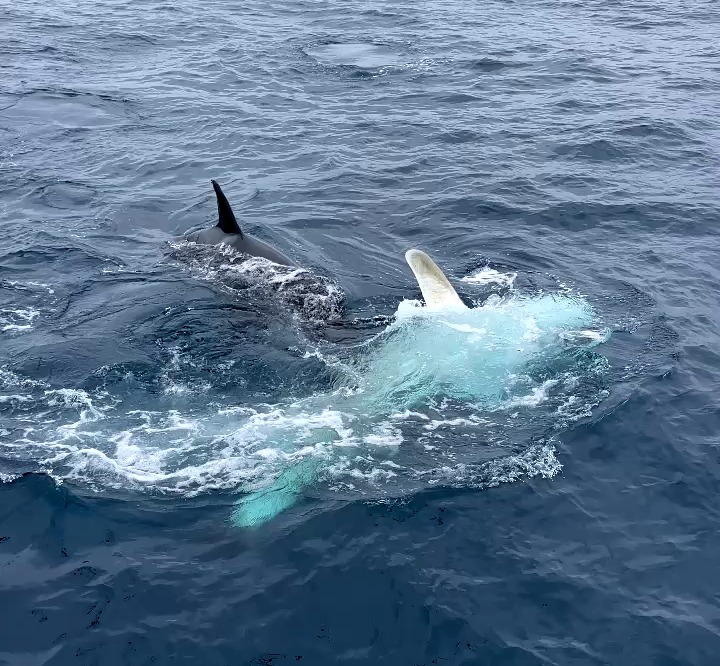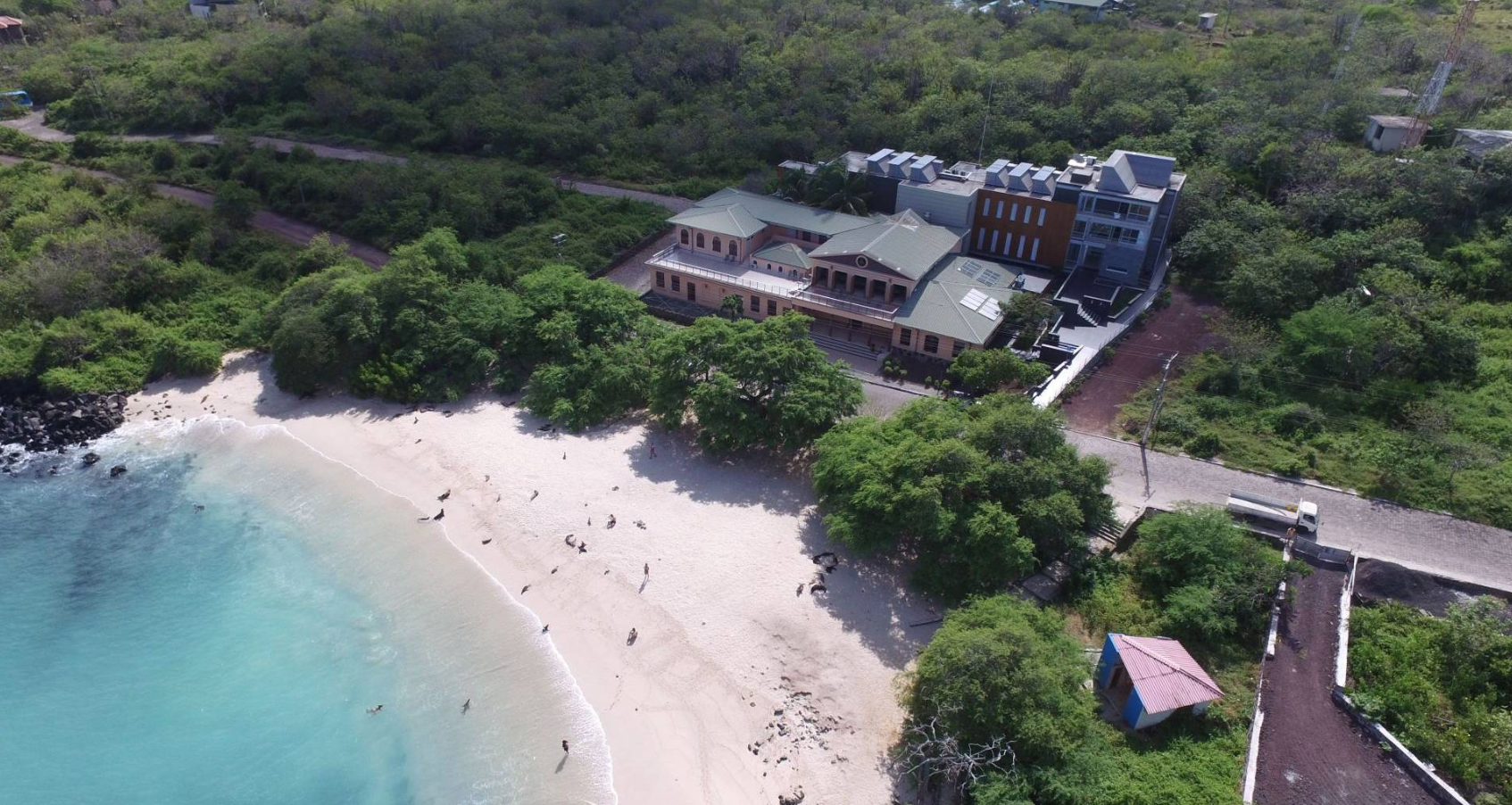Photo: Flikr
Thresher sharks are key predators in the marine ecosystems of the Tropical Pacific Ocean, playing a fundamental role in maintaining ecological balance. They primarily feed on squid and small fish. This study aims to assess possible ontogenetic changes in the feeding habits and habitat use of two thresher shark species (Alopias pelagicus) and (Alopias superciliosus) inhabiting the Galápagos Marine Reserve (GMR), aspects that remain poorly understood in the region.
To investigate potential trophic differences across three maturity stages (neonates, juveniles, and adults) the isotopic signature of vertebral collagen was analyzed in both species. Samples were obtained from specimens confiscated during operations against illegal fishing carried out by foreign fleets in the archipelago. In total, 33 vertebrae from (Alopias pelagicus) and 21 from (Alopias superciliosus) were analyzed. The results revealed variations in diet, although feeding habitat use showed similar characteristics.
The overexploitation of these species poses a serious threat to their conservation, and the lack of biological information complicates the development of sustainable management strategies. Therefore, the findings of this study provide a scientific foundation for conservation actions and fisheries management in the region. Understanding dietary shifts in these sharks is crucial, as they influence the structure of marine food webs and the overall ecosystem dynamics of the GMR.
To learn more about this research, visit: https://doi.org/10.7717/peerj.18681

